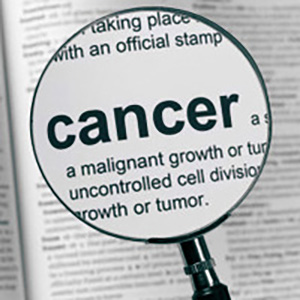Primary Bladder Sarcoma: A multi-institutional experience from the Rare Cancer Network

All claims expressed in this article are solely those of the authors and do not necessarily represent those of their affiliated organizations, or those of the publisher, the editors and the reviewers. Any product that may be evaluated in this article or claim that may be made by its manufacturer is not guaranteed or endorsed by the publisher.
Authors
Purpose or Objective: Primary sarcoma of the urinary bladder (SUB) is a rare but aggressive form of bladder cancer (BCa). Available evidence on SUB is limited to case reports and small series. The aim of the present multi-institutional study was to assess the clinical features, treatments, and outcomes of patients with SUB. Materials and methods: Using a standardized database, 7 institutions retrospectively collected the demographics, risk factors, clinical presentation, treatment modalities and follow-up data on patients with SUB between January 1994 and September 2021. The main inclusion criteria included BCa with soft tissue tumor histology and sarcomatoid differentiation. Results: Fifty-three patients (38 men and 15 women) were identified. Median follow-up was 18 months (range 1-263 months). Median age at presentation was 69 years (range 16-89 years). Twenty-six percent of patients had a prior history of pelvic radiotherapy (RT), and 37% were previous smokers. The main presenting symptoms at diagnosis were hematuria (52%), pelvic pain (27%), and both hematuria and pelvic pain (10%). American Joint Committee on Cancer (AJCC) 8 th edition stage II, III and IV at diagnosis were 21%, 63% and 16%, respectively. Treatment modalities included surgery alone (45%), surgery plus neo- or adjuvant-chemotherapy (17%), surgery plus neo- or adjuvant-RT (11%), RT with concurrent chemotherapy (4%), neo-adjuvant chemotherapy plus surgery plus adjuvant RT (2%) and palliative treatment (21%). Rates of local and distant recurrences were 49% and 37%, respectively. Five-year overall survival and progression-free survival (PFS) were 66.5% and 37.6%, respectively. No statistically significant differences in PFS between the treatment modalities were observed. Conclusions: Primary SUB is a heterogeneous disease group, commonly presenting at advanced stages and exhibiting aggressive disease evolution. In contrast to urothelial carcinoma, the primary pattern of recurrence of SUB is local, suggesting the need for multimodal approaches. Continuous international collaborative efforts seem warranted to provide guidance on how to best tailor treatments based on SUB-specific indices.
How to Cite

This work is licensed under a Creative Commons Attribution-NonCommercial 4.0 International License.
PAGEPress has chosen to apply the Creative Commons Attribution NonCommercial 4.0 International License (CC BY-NC 4.0) to all manuscripts to be published.

 https://doi.org/10.4081/aiua.2023.11533
https://doi.org/10.4081/aiua.2023.11533



